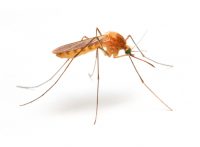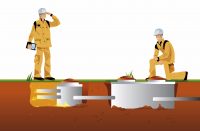Five Key Differences Between OSHA’s New Confined Space Rules for Construction and the General Industry Rule
Some spaces are not designed for continuous human occupancy. Manholes, crawl spaces, tanks, and other confined spaces can be difficult to get into and even more difficult to get out of. Once inside these spaces, workers may face life-threatening hazards that include toxic substances, electrocutions, explosions, and asphyxiation. For more than twenty years, employers have […]










